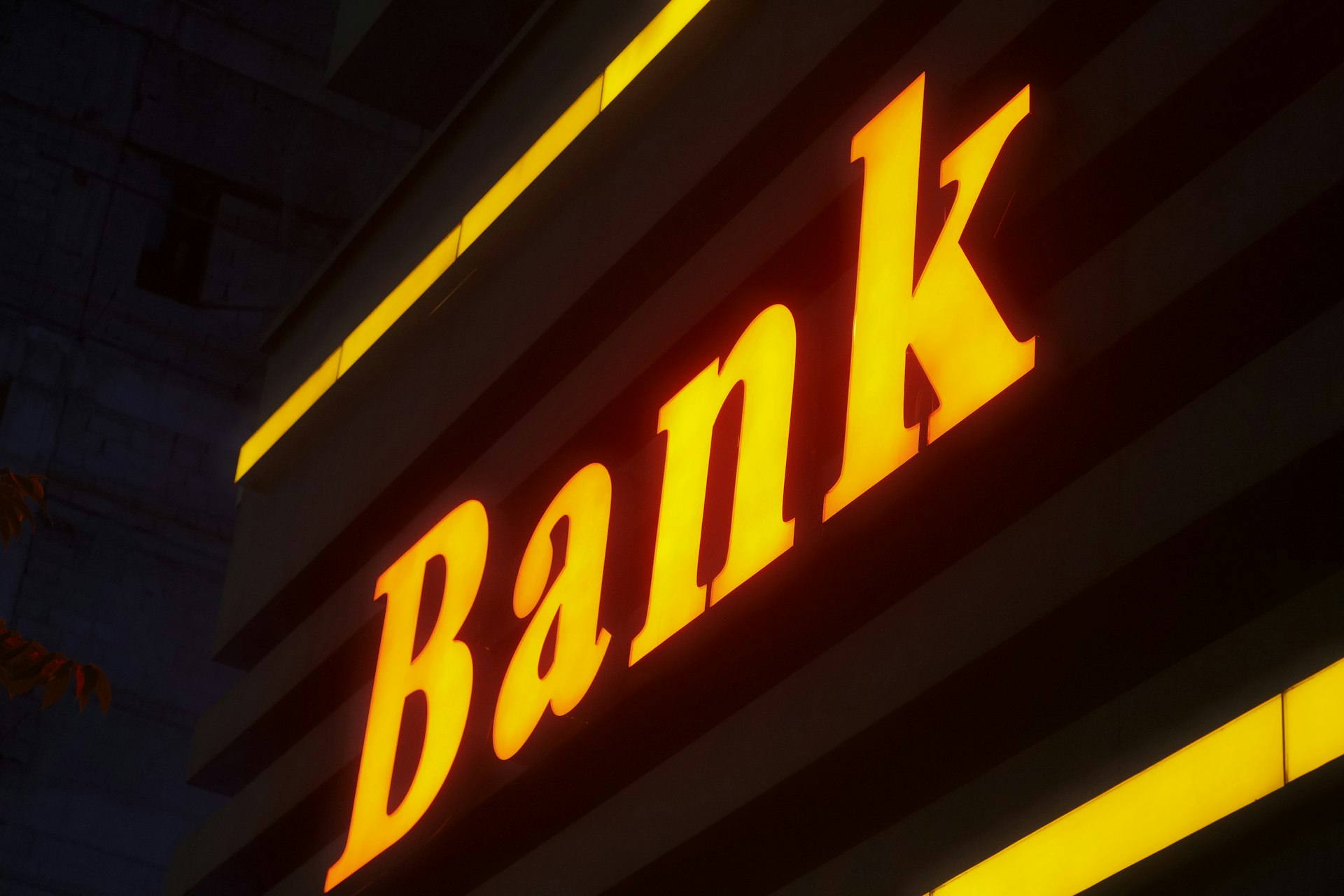Why Cybersecurity Is Essential for Secure Online Banking in 2025

Photo by De an Sun on Unsplash
Introduction: The Critical Role of Cybersecurity in Modern Online Banking
Online banking has revolutionized how individuals and businesses access financial services, making transactions more convenient, faster, and accessible from anywhere. However, this digital transformation also introduces significant risks: sensitive customer data, financial assets, and operational integrity are constantly under threat from increasingly sophisticated cybercriminals. In 2025, cybersecurity is not just a technical consideration-it is the cornerstone of trust, safety, and business continuity for banks and consumers alike [1] .
Why Cybersecurity Is the Top Priority for Banks
Recent industry surveys reveal that cybersecurity has become the number one concern for bank executives. In fact, 98% of surveyed bank leaders now rank “fear of a cyberbreach” among their top three drivers for IT spending, with 43% listing it as their highest priority for 2025-a significant increase over previous years [1] . This shift is driven by:
- Escalating cyber threats targeting sensitive financial data
- Regulatory pressures demanding higher data protection standards
- Customer expectations for privacy, security, and uninterrupted access
As a result, 89% of banks increased their cybersecurity budgets in 2024 and beyond, reflecting the urgent demand for innovative security measures [2] .
The Growing Threat Landscape: Advanced Cyber Attacks
Cybercriminals are deploying increasingly sophisticated tactics, such as Advanced Persistent Threats (APTs), which involve highly targeted and prolonged attacks aimed at stealing data or disrupting banking operations. Artificial intelligence (AI) and machine learning (ML) are now key tools for attackers, enabling the creation of deepfakes, automated phishing attempts, and malware that can adapt to evade detection [3] [4] .
Recent high-profile incidents demonstrate that even well-defended financial institutions remain vulnerable. Such breaches can result in:
- Financial losses from stolen funds or fraudulent transactions
- Loss of customer trust and brand reputation
- Legal and regulatory fines for failing to protect sensitive information
This makes a proactive, multi-layered approach to cybersecurity an absolute necessity for banks and their customers.
Essential Technologies for Online Banking Security
To combat evolving threats, banks are investing in advanced technologies that protect customer data and transactions:
Encryption
Encryption secures data both in transit and at rest, ensuring that intercepted information cannot be read by unauthorized parties. Modern banks use end-to-end encryption for transaction data and customer communications, significantly reducing the risk of breaches [5] .
Tokenization
Tokenization replaces sensitive information (such as account numbers) with non-sensitive tokens during transactions. This minimizes exposure of real data and helps contain the impact of any breach [5] .
Biometric Authentication
Biometric technologies-such as fingerprint, facial, and voice recognition-add robust layers of security, making unauthorized access much more difficult compared to traditional passwords. Adoption of these technologies is increasing among banks seeking to enhance user authentication without sacrificing convenience [5] .
Zero Trust Architecture
Zero Trust assumes no user or device is trustworthy by default, requiring continuous verification and strict access controls. This security model helps limit both internal and external threats, ensuring that only authenticated and authorized users can access sensitive resources [5] .
Practical Steps for Consumers to Enhance Online Banking Security
While banks invest heavily in cybersecurity, customers also play a crucial role in protecting their own accounts. Here are actionable steps you can take:
- Use strong, unique passwords for each banking account. Consider password managers for secure storage.
- Enable multi-factor authentication (MFA) wherever possible. This adds a second layer of verification, such as a text message confirmation or biometric check.
- Monitor account activity regularly for suspicious transactions and report anomalies immediately.
- Update software and apps frequently to protect against vulnerabilities.
- Beware of phishing attempts : Do not click on suspicious links or provide login information via email or text.
- Contact your bank for guidance on additional security features or if you suspect fraud. Most banks offer dedicated fraud prevention hotlines and online resources.
If you need more information on your bank’s specific security features, visit their official website or contact their customer support directly. For general cybersecurity support, you can search for resources from government agencies such as the Federal Trade Commission (FTC) or the Cybersecurity & Infrastructure Security Agency (CISA).
How Banks Can Further Strengthen Their Defenses
Banks must continually adapt to the changing threat landscape by:
- Regularly updating security protocols and conducting vulnerability assessments
- Training staff to recognize and respond to cyber threats
- Collaborating with industry peers through organizations like FS-ISAC to share threat intelligence and best practices [2]
- Investing in emerging technologies , such as AI-powered security tools, to detect and mitigate threats in real time [3]
These steps not only protect the bank’s assets but also preserve customer trust and regulatory compliance.
Accessing Cybersecurity Resources and Support
Whether you are a bank executive, IT professional, or consumer, there are multiple pathways to access cybersecurity resources:
- Visit your bank’s official website for security tips, available fraud prevention tools, and customer support contacts.
- Search for “bank cybersecurity best practices” to find industry guidelines published by organizations like FS-ISAC and SANS Institute.
- For regulatory and consumer guidance, visit the official Federal Trade Commission (FTC) or Cybersecurity & Infrastructure Security Agency (CISA) websites.
- If you suspect fraud, immediately contact your bank’s dedicated fraud hotline or use their online reporting tools.
It’s important to note that specific products, pricing, or services vary by institution. Always verify details directly with your bank or financial service provider.

Photo by Towfiqu barbhuiya on Unsplash
Key Takeaways and Future Outlook
Cybersecurity in online banking is fundamental to safeguarding financial assets, personal information, and the overall integrity of the banking system. As threats evolve, banks and consumers must collaborate, adopting best practices and innovative technologies to stay ahead. By following the steps outlined above and regularly reviewing security resources, both institutions and individuals can minimize risks and enjoy safe, seamless online banking in 2025 and beyond.
References
- [1] BankBusiness.us (2025). Cybersecurity: The Top Priority for US Banks in 2025.
- [2] DashDevs (2024). Banking Cybersecurity Challenges: Threats & Solutions for 2025.
- [3] FirstBank.com (2025). Cybersecurity in 2025: What Financial Institutions Need to Know.
- [4] Bank of Botetourt (2025). Cybersecurity in 2025: What Financial Institutions Need to Know.
- [5] Amazech (2025). Cybersecurity in Banking: A Complete Guide for 2025.
MORE FROM dealresult.com













